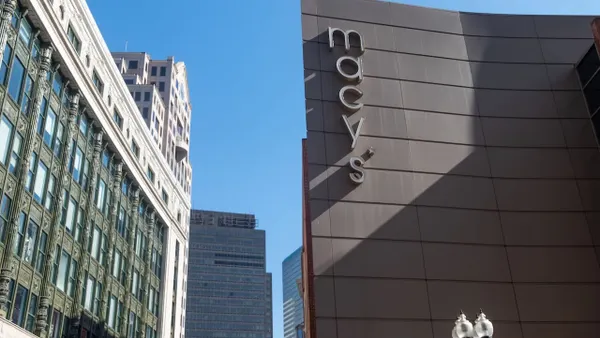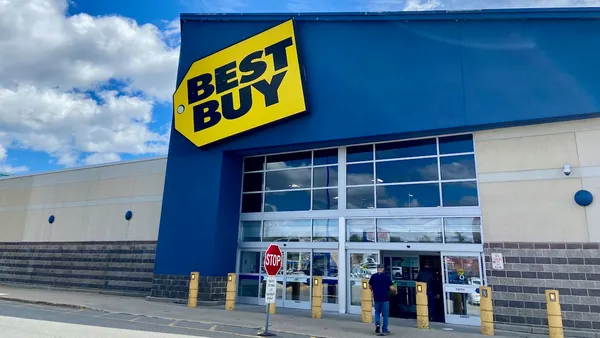Dive Brief:
-
Shoes of Prey, a 10-year-old digitally native shoe brand launched in Australia, is shutting down after a roughly seven-month pause in operations, according to a Medium blog post by co-founder Michael Fox.
-
The brand was built on the hope that personalization and customization would define the future of retail. In his post, Fox said that rang true early on for a niche customer who wanted to play a more active role in designing their own special product. But as the company scaled, including moving its headquarters to the U.S., partnering with Nordstrom and hiring 200 employees, it opened itself up to a more mass market fashion customer.
-
"We learnt the hard way that mass market customers don’t want to create, they want to be inspired and shown what to wear. They want to see the latest trends, what celebrities and Instagram influencers are wearing and they want to wear exactly that — both the style and the brand," Fox said.
Dive Insight:
For as much hype and venture capital money as there is flooding the direct-to-consumer segment, Shoes of Prey stands as a cautionary tale that it's not a foolproof business model.
For Shoes of Prey, the trouble started a couple of years into the business, when it began to cater to a mass market customer base, Michael Fox wrote. Leaning on market research through strategic partners like David Jones and Nordstrom, he became confident the model would work if four things were achieved: a reduction of lead time to under two weeks, a simplification of the shoe design experience, a cutback on premium prices and the distribution to where mass market customers already shop. With the help of Nordstrom — which allowed it to add a distribution point in the U.S. — and investors — who collectively invested $25.62 million by Pitchbook's estimates — Shoes of Prey prepared to scale into a $100 million revenue business, Michael Fox said.
That, however, didn't last long. "[T]he mass market fashion customer just didn't respond as we expected," he said, adding that executives began to think about a pivot to adjacent areas. That included targeting customers with specific needs — small, large, wide or narrow feet — and lending its quick-turn manufacturing expertise for other retailers and brands. Ultimately, the plan fell flat due to high fixed costs and the fact that manufacturing in the U.S. is much more expensive than options retailers and brands have in China, Fox said.
In August when the company opted to hit pause, another co-founder, Jodie Fox, shared in a post on Instagram on Aug. 27 that behind the scenes the business was struggling. "While all the indicators and data were positive, we were not able to truly crack mass-market adoption," she said. "We remain passionate and positive about our vision for the future of fashion retail. But we are making the difficult decision today to pause orders and actively assess all our options to either sell or at a later date, reboot the business with substantial changes."
While that won't happen now, Jodie is writing a book on what she learned throughout the process of building the brand, Michael Fox wrote, adding that "an alternate learning I will take away is to pick a business that doesn’t require changing consumer behaviour."













